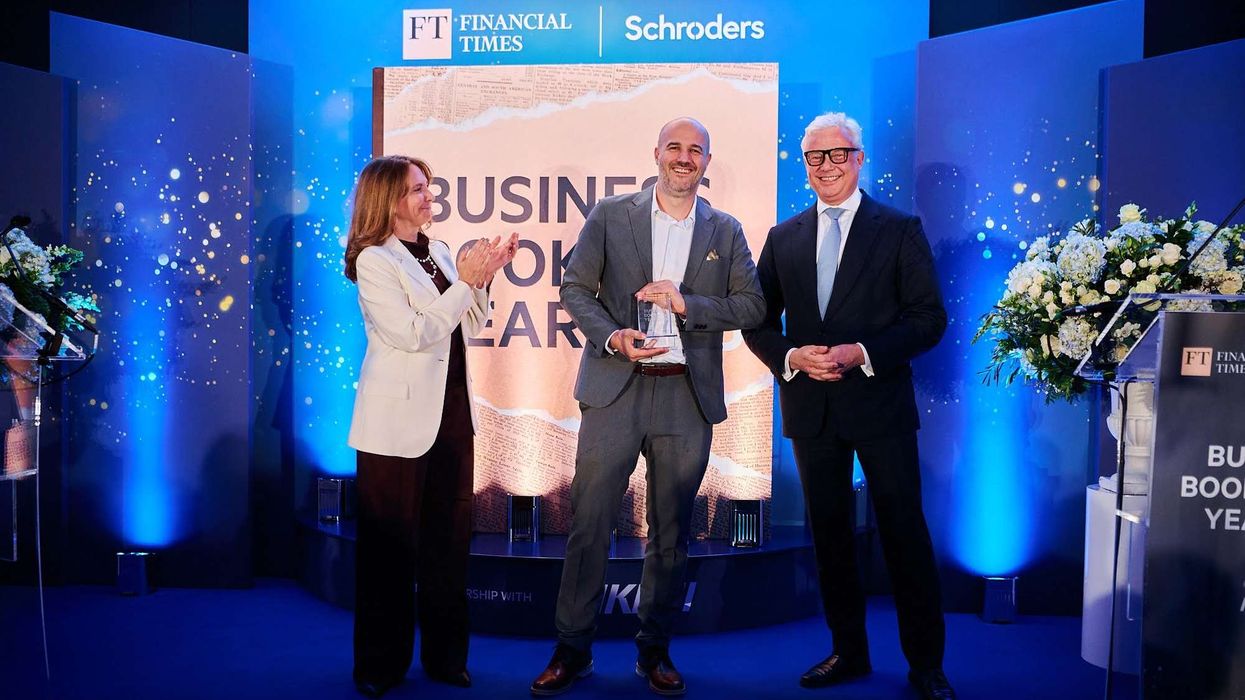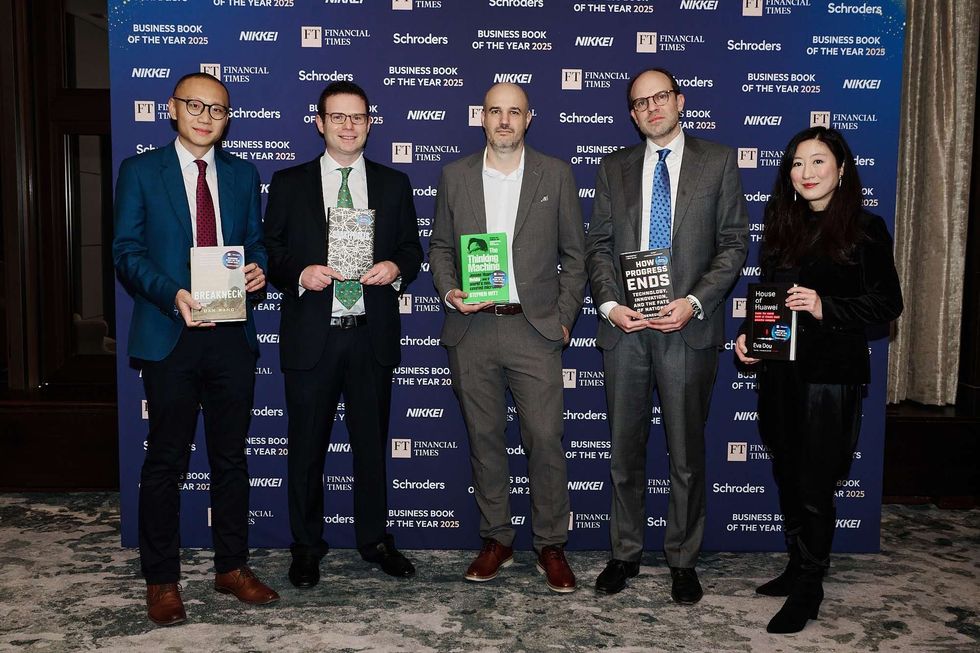Scientists and engineers from India and the US can widen their opportunities for research under the COVID-19 Virtual Networks that is being developed as part of the India-US Science and Technology Endowment Fund(IUSTEF), Indian Ambassador Taranjit Singh Sandhu has said.
Speaking at a webinar titled India-US Partnership, healthcare and medical research, Sandhu said scientists and engineers from India and the US have tremendous scope for bilateral cooperation in the area of healthcare and medical research during the current time of coronavirus pandemic.
"India and the US are actively engaged in healthcare and medical research during COVID-19 pandemic and there is a tremendous scope for bilateral cooperation in this area that needs to be tapped and build on the synergies that exist in this sector," Sandhu said.
"Since the initial days of the outbreak of COVID, our scientists and institutions have been actively engaged in exchange of information. COVID-19 Virtual Networks being developed under IUSTEF will allow Indian and the US scientists and engineers to carry our joint research activities virtually and leverage current infrastructure and funding mechanism," he added.
The aim of USISTEF is to support and foster joint applied R&D to generate public good through the commercialisation of technology developed through sustained partnerships between US and Indian researchers and entrepreneurs.
Sandhu highlighted the works being done by the India with the US private sector.
“India has been working with the US private sector in vaccine development. There are at least three ongoing collaborations of Indian and US companies and institutions to co-develop and produce a COVID-19 vaccine," he said.
The interactive panel for the webinar comprised high ranking officials like Dr P D Vaghela, Secretary Department of Pharmaceuticals, India, Dr Peter Hotez, infectious disease specialist and a pediatrician at the Baylor College of Medicine in Houston and Susan Davenport, Sr VP, Economic Development, Greater Houston Partnership.





 Shortlisted authors Dan Wang, Edward Fishman, Stephen Witt, Carl Benedikt Frey and Eva Dou.
Shortlisted authors Dan Wang, Edward Fishman, Stephen Witt, Carl Benedikt Frey and Eva Dou.





